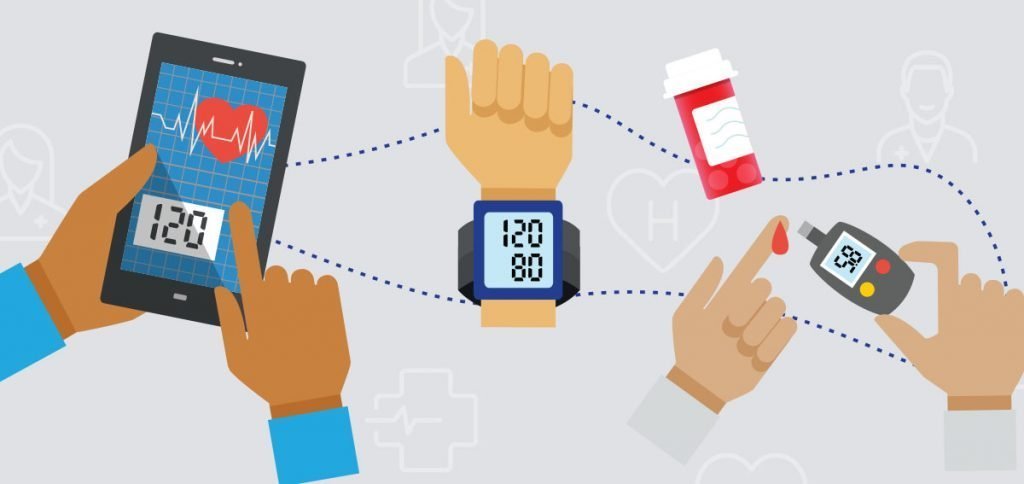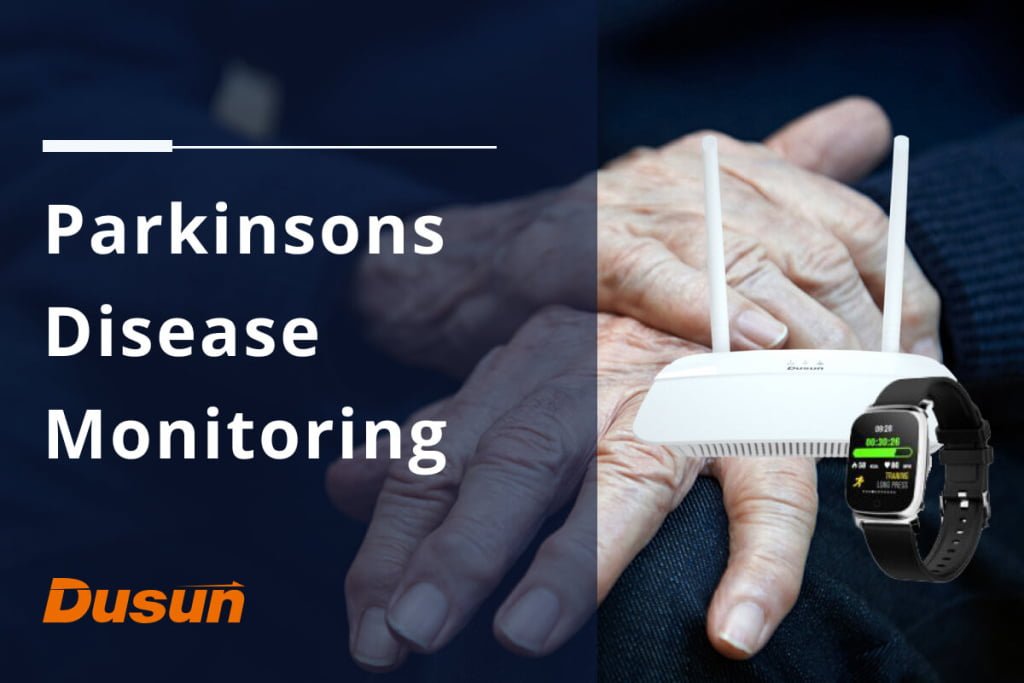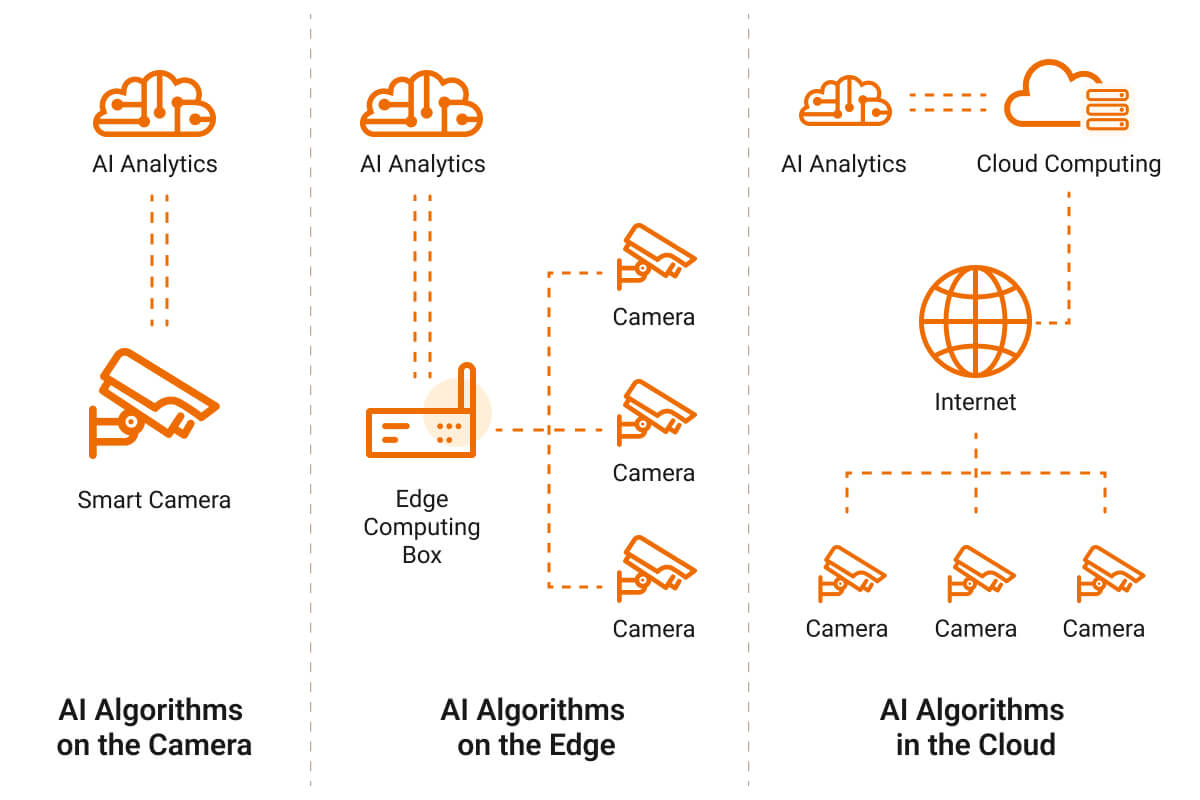Bluetooth gateway and smartwatch IoT is a good way of monitoring Parkinson’s disease status. The Parkinson’s disease monitoring solution is used to monitor the hand movement status of Parkinson’s patients in home scenarios.
In the early stage of Parkinson’s disease, hand tremor is a typical symptom of Parkinson’s patients, and it is necessary to go to the hospital for anti-tremor treatment in time. With the continuous development of the Internet of Things technology, an IoT real-time monitoring solution based on smart watches IoT and Bluetooth gateways has become a new choice for such patients.
This Parkinson’s disease monitoring solution uses the motion sensor built into the smartwatch to accurately sense the movement state of the Parkinson’s patient’s hand. A Bluetooth gateway can analyze the data obtained by the smartwatch and send the data to the health platform of the hospital and other healthcare institutions.
Medical staff and medical institutions can monitor the patient’s health data in real-time, analyze, evaluate, and display the hand tremor symptoms of Parkinson’s patients, so as to realize online diagnosis, track the medication process, effectively record and analyze the changes in the disease, and control the development of the disease.

According to research, engaging Parkinson’s Disease patients are more likely to witness lasting positive health results or outcomes. They also learn and understand more about their condition and how to keep improving.
Parkinson’s Disease Monitoring Solution Benefits for Patients and Doctors?
Assistive technology and adaptive tools are essential because some tasks may become difficult for people with Parkinson’s. However, with innovative technologies, individuals’ lives can improve functions, well-being, and independence.
Some of the benefits on the patient side therefore include:
- Fast access to healthcare services.
- Significant influence on well-being through health data ownership.
- Detailed health information.
Doctors also highlight a few benefits, which include:
- Patients are responsible for their health.
- Positive patient results.
- High compliance rate.
Working Principle of Monitoring Parkinson’s Disease
- Identify the Parkinson’s disease conditions to manage remotely and launch a remote patient monitoring program to give RPM services to the patient.
- Determine the patient benefits from remote physiologic monitoring of multiple types of Parkinson’s Disease health data recorded via RPM.
- Provide the appropriate Parkinson’s Disease devices to the patients. The RPMS should connect through Bluetooth or cellular networking.
- The appropriate device will collect the patient’s Parkinson’s Disease health data and transmits it from the patient to the provider.
- The provider will analyze the data and give the patient health instructions concerning the results.
Devices needed for Parkinson’s Remote Monitoring
Bluetooth Roaming Gateway

The Bluetooth Roaming Gateway collects the patient’s real-time body status for later evaluation and treatment.
Portable BLE-Wi-Fi/LTE Gateway
This Bluetooth gateway is specially designed for home health monitoring. The biggest feature is its compact design, easy and convenient for patients to carry. Vital signs can be reported via Wi-Fi or LTE. It supports Bluetooth 5.2 and LTE Cat.1 and Wi-Fi 2.4G, and with a Li battery.
Neurostimulator

It has a battery and sends electrical stimulation to the directions lead. In return, the lead delivers a stimulation pulse to a particular brain area that controls movement.
Smart Pill Box

Parkinson’s disease patients use this gadget to keep track of their schedule and remind them to take their medication. It can also send alerts to caregivers hence improving medical compliance.
The Parkinson Smart Watches

It is a smartwatch IoT with sensors that monitors the patient’s activity and alert you when it is time to take your medication. The device also sends data to assist doctors in depicting immobility, excessive movement, sleep disturbance, and adjusting physiotherapy and prescriptions.
Fall detector
The device monitors the patient’s movements and can detect a fall through an effective quaternion algorithm. It then automatically sends an alert to the caregiver with the patient’s specific location.
Common Remote Patient Monitoring Systems

RPM hardware system (Remote Patient Monitoring) uses IoT gateway and wearable medical devices for interaction between providers and patients outside of a conventional clinical setting. The RPM allows real-time comprehension of the patient’s Parkinson’s disease state. In return, the provider can make proactive clinical decisions based on the data acquired.
The Remote Patient Monitoring System varies depending on the purpose of the device. As a result, multiple devices have been created while others are still in the testing stage. The devices being used are certified and approved by the relevant authorities.
Some of the common Remote Patient Monitoring Systems include:
- Glucometer – Tests blood sugar through a small drop of blood placed on a test strip connected to the device.
- ECG + Stethoscope – The ECG and the stethoscope record the heart function and heart plus lung sounds, respectively.
- Scale – Enables patients to keep track of their weight.
- Blood Pressure Cuff – Keeps tabs on the patient’s heart rate and blood flow.
- Thermometer – Gives fast and accurate readings of the patient’s body temperature.
- Wearables (activity trackers) – Allows providers to track their patient’s heart rate, sleep, steps, and fall risks.
- Pulse Oximeter – Measures light wavelengths that depict blood oxygen levels.
Conclusion
Treating Parkinson’s Disease is, without a doubt, gradually changing with the technological advancements made throughout the world. It is particularly essential to embrace these innovations to ease the medical stress on doctors and improve the patient experience living with the disease.
Do you need more assistance tracking Parkinson’s disease and other illnesses using RPMS? Comment and share to start a conversation, or contact us on Dusun for solutions and software and hardware-related issues.



















